Moving from small arduino applications to higher-power applications for work, I've had to switch from using simple linear regulators to switching boost/buck converters any time a different voltage to what is available is required. This has been much more of a learning curve than I anticipated; things like switching frequency, inductance and capacitance values all need to be taken into account, and there are almost always several external components (for example, the inductor) required for the converter to function.
My question is, why are these additional components almost always external? I'm not complaining, I've been learning a fair bit from the switch and it's not too bad a curve, I'm just curious as to why there seem to be no plug-and-play ICs (at least not that I've found for 24V, 3A output, correct me if I'm wrong) like there are for smaller linear regulators.
My guess would be too much heat generated?
